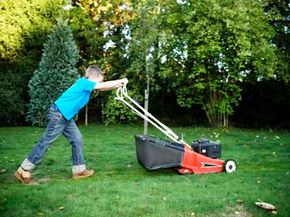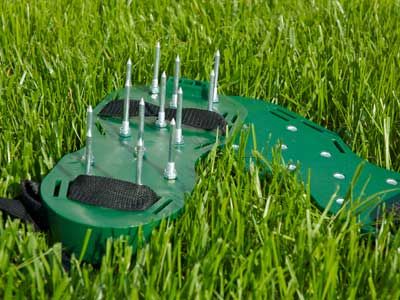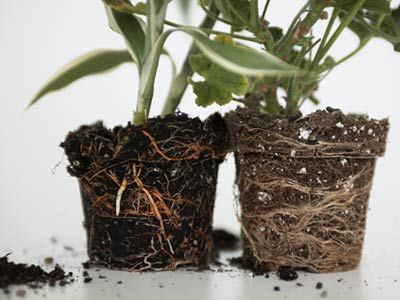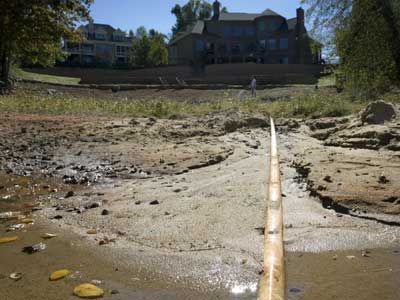The grass family, or Gramineae, is one of the largest among all plants, comprised of more than 10,000 species. Cereal varieties, such as corn, barley and oats, make up essential parts of our diets. But grass probably doesn't pop into your mind when you're thinking about food. Most likely, grass conjures up images of pristine lawns of Bermuda or Kentucky bluegrass with perfectly edged borders. Or maybe you recall the backbreaking labor of mowing, weeding and fertilizing those plots during the steamy summer months.
Whatever the case, we certainly pour a lot of energy and money into maintaining healthy, green yards. The Environmental Protection Agency (EPA) estimates that Americans spend between $400 and $700 per year on lawn care alone. That expense includes the heavy watering often required, as well as the 70 million pounds (31 million kilograms) of pesticides we collectively apply to our grass to protect it [source: EPA]. Why bother with turf grass? The 21 million acres of grass lawns in the United States help hold soil in place and filter storm water [source: EPA].
Advertisement
However, in recent years the value of manicured lawns has come under scrutiny in the face of global climate change. Much of what we put on our grass to protect it is harming the environment. Pesticides and insecticides can leach from soil into the groundwater supply. Lawn designs may facilitate rainwater runoff that causes flooding and erosion [source: EPA]. Additionally, gas-powered lawnmowers and other equipment release carbon dioxide into the atmosphere.
But what can you do with your yard if you don't cover it with grass? Wouldn't a grassless plot stand out as a drab eyesore and incite complaints among neighbors? Not necessarily. You can transform the appearance of your lawn while reducing its environmental impact. Consider making the switch to switchgrass or other ornamental grasses.
Advertisement




